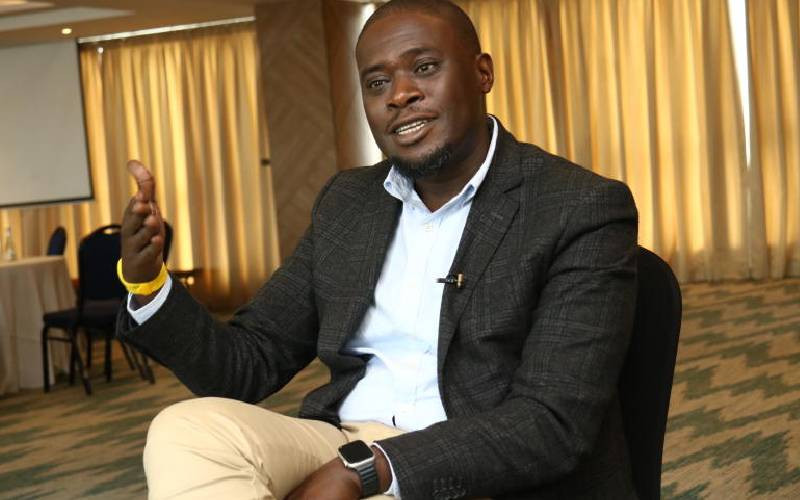×
The Standard e-Paper
Fearless, Trusted News

A school feeding programme in Nairobi County has come under scrutiny barely one year after its launch.
A Nairobi County Assembly committee has raised concerns over Governor Johnson Sakaja's programme dubbed 'Dishi na County'.